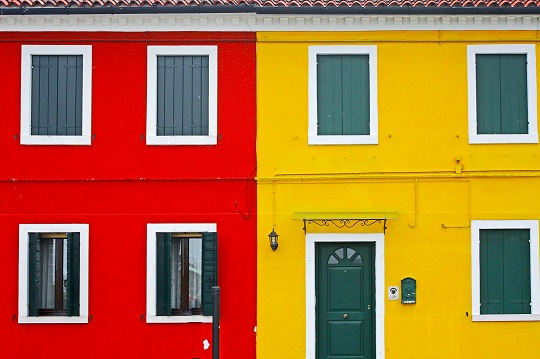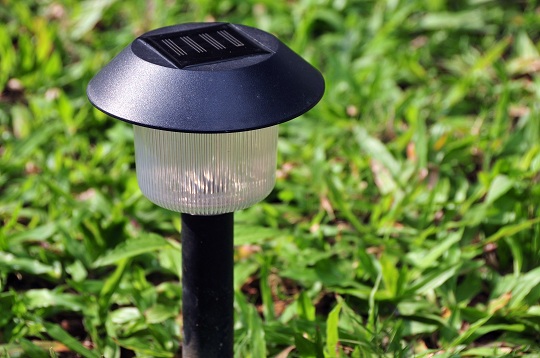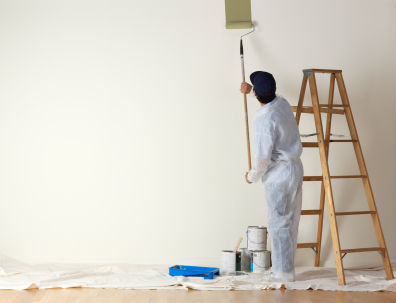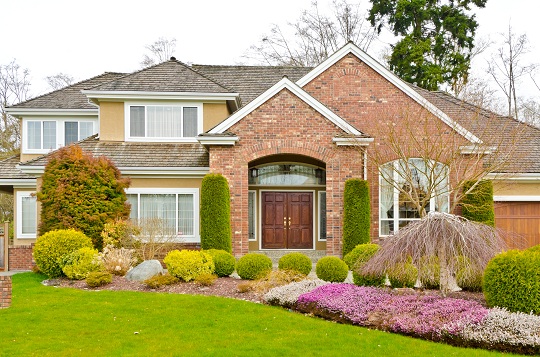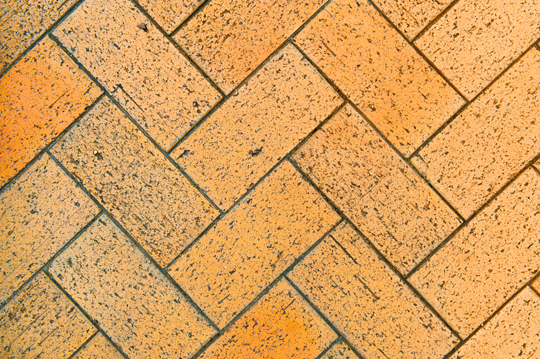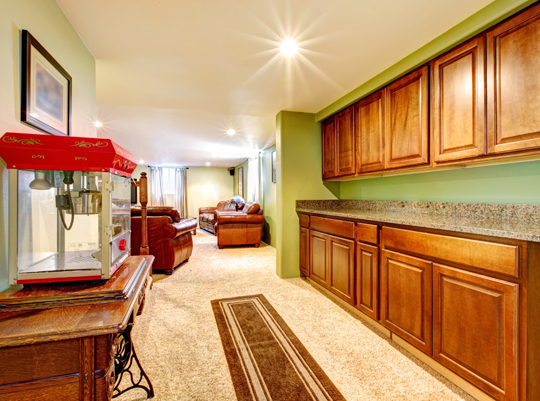An attractive exterior house color can contribute to its curb appeal and even increase its resale value. Color is one of the first impressions someone has about your house, so make it represent you. Consider these tips when choosing exterior house paint.
Rules of Thumb
– Choose a trim color first. The main house color should be two shades apart on the same color strip.
– Natural lighting can drastically change how a color appears. When selecting exterior colors, look at the color strip outdoors where it will be used. Similarly, interior colors should be viewed indoors.
– Plan out what you are painting and how many colors you are using. Too many accents on one side of the house can make it look lopsided. Don’t try to use everything on the color wheel; stick to a few main shades that work well together. Consult with employees at a home improvement store or search online for ideas.
Permanent colors
Certain colors on or near your home cannot change, such as brick, roof shingles, or landscaping. Select an exterior color that plays off of these constants. For example, look for color specks in your roof shingles or a color scheme from nearby flowers. You wouldn’t want to select a clashing house color, and then have to replace other parts of your home.
Geography
Sunlight tends to wash out colors, so bright shades are suitable for sunny locations. Muted shades are better for cloudy regions because a brightly colored home may look out of place or overwhelming.
Context
Observe your neighbors’ houses and their color schemes. Make sure your color choices do not clash with theirs, but instead, stand out subtly. Mismatched houses work against each other, so drive around your neighborhood to get a sense of what other people are doing.
Accents
You can use an accent color to highlight unique architectural details or any part of the home you want to stand out. Lighter colors are popular for windowsills because they reflect the sun’s light and heat. Dark accent colors add a crispness to your house’s appearance, and can also hide less attractive parts of your home, such as gutters or air conditioning units.
Visual Tricks
Light colors bring objects into the foreground, while dark colors recede into the background. If you want to make a house appear bigger or closer to the curb, choose a lighter color. If you want to downsize a large house, choose a darker color. You can also scale down the height of a house by painting the upper half a darker color. A lighter color also makes a house seem welcoming, whereas a darker color makes a house seem grounded.
Additional Help
If you are looking to get your house painted, consider seeking professional help. A painting contractor can help you choose the most appropriate colors, as well as paint the house for you. TalkLocal will connect you with up to three, high-quality painting contractors in your area. Let Talk Local find the professional help for you!

